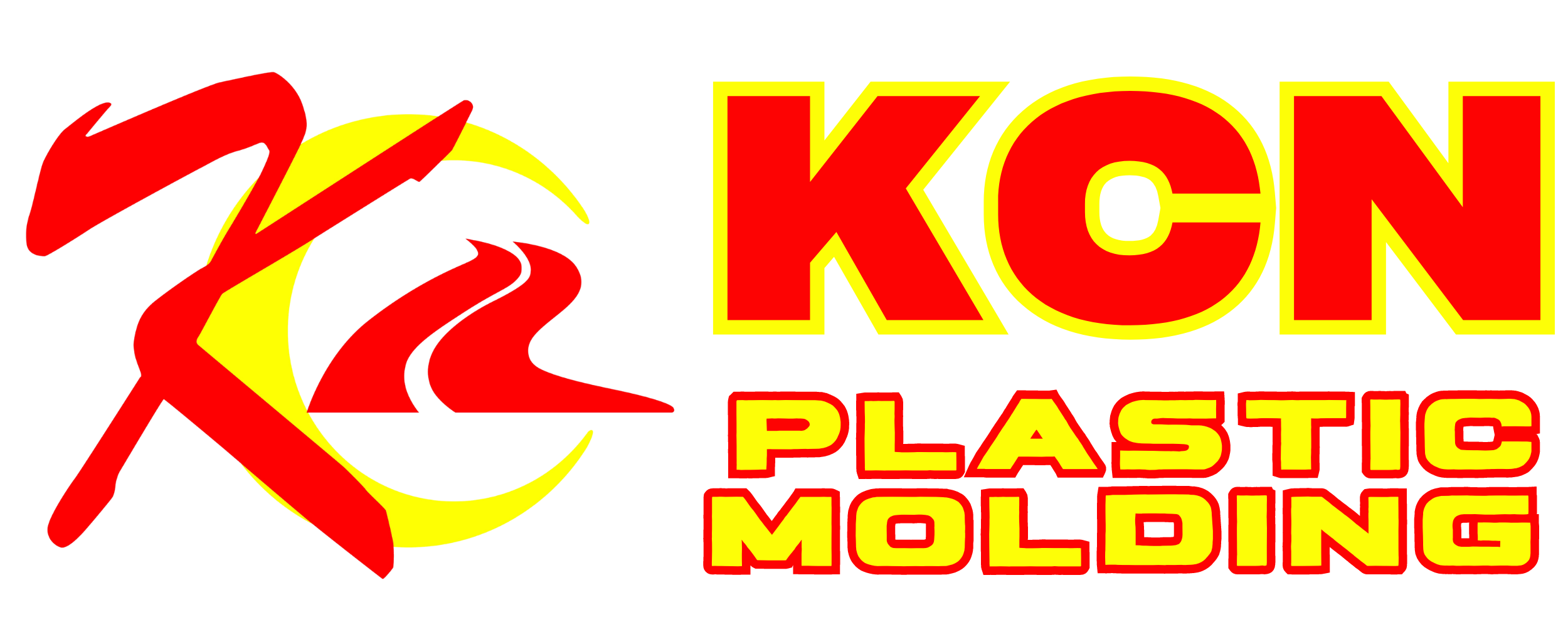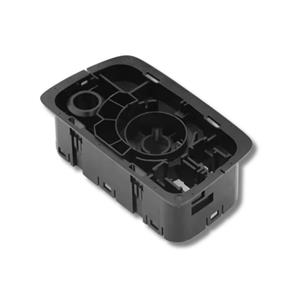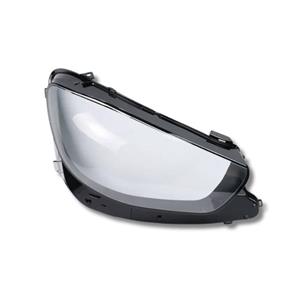5 Common Injection molding defects and their solutions
Plastic injection molding is an efficient and popular process for mass-producing plastic parts. However, like other manufacturing processes, it is prone to various injection molding defects. Understanding the causes and solutions to these injection molding defects is crucial to ensuring production quality and efficiency. This article takes an in-depth look at common injection molding defects when processing injection molded products and provides practical solutions to ensure high-quality product output.
Common injection molding defects and their solutions
1. Warping
Description and causes: Warpage refers to the deformation of the workpiece after injection molding. This is due to uneven cooling rates in different parts of the mold. In the injection molding industry, warpage is a common injection molding problem.
Solution to warping:
• Material and process control: Selecting engineering thermoplastics with uniform cooling properties and optimizing the cooling channels in the injection mold can help mitigate this plastic molding defect.
• Design adjustments: Your product design can be optimized to ensure uniform product wall thickness and reduce internal stresses that cause warpage.
2. Shrink marks
Description and reason:
Shrinkage marks are dents formed on the surface of the product after the material shrinks. Where shrinkage marks appear, the back is usually characterized by bony spots, bumps, or material accumulation. All plastics shrink as they cool, but the degree of shrinkage varies.
Solution:
1. When designing products, keep the wall thickness as constant as possible, especially for connected walls or products with features on the back.
2. When designing the mold, you can open more cooling water channels in key areas.
3. During process design, shrinkage marks can be reduced by balancing injection pressure, temperature and cooling time.
4. When selecting injection molding materials, proper material preparation, including pre-drying, can reduce the possibility of shrinkage marks. We can also hide shrinkage marks with dark colors, matte finishes, and rough surface textures. Bottom of Form
5. During injection molding, increasing the holding pressure and time can help compensate for material shrinkage and effectively solve the injection molding problem of shrinkage marks.
3. Short materials
Description and reason:
Short material means the mold is not completely filled with plastic, resulting in an incomplete product. This injection molding problem is common when molding small parts because it is difficult to ensure that the mold cavity is completely filled. This injection molding defect can be caused by insufficient pressure, poor fusion, or improper part design.
Solution:
• Optimize injection molding conditions: Adjusting injection pressure and speed can help completely fill the mold and solve the problem of short material in injection molding.
• Improved mold design: Optimize the design of flow channels and feeding systems to improve material flow during injection molding.
4. Burn marks
Description and Cause: Burn marks are dark spots that appear when plastic burns slightly due to high temperatures or trapped air. This is a common defect in injection molds that occurs when the material is overheated.
Solution:
• Reduce injection speed: Slowing down the injection speed reduces overheating and allows air to escape.
• Improve the exhaust system: Improving the exhaust system of the mold is a key injection molding solution to prevent air entrapment.
5. Jet
Description and Cause: Spurting is a defect where a wavy texture appears on the surface of an injection molded workpiece, caused by molten plastic being sprayed into the mold cavity at high speed and cooling before the rest of the material can flow properly.
Solution:
• Adjust injection speed: Controlling the speed at which material enters the mold can help prevent jetting and is of particular emphasis in injection molding troubleshooting.
Other common problems and solutions:
• Flow marks and flow marks: Lines or streaks that appear on the surface of a part due to changes in cooling and material flow rates. This problem can be mitigated by adjusting mold temperature, injection speed, and redesigning runners and gates to ensure smooth flow of plastic.
• Delamination: The delamination of materials due to contamination or poor bonding. Ensuring material purity and optimal processing conditions can prevent this problem.
• Injection molding type and material: Different materials and mold types affect defect types. For example, with Teflon injection molding, specific temperature control may be required due to its unique properties
By addressing defects in injection molding and troubleshooting them, manufacturers can improve their processing and product quality. Finding the right solution for your specific injection molding problem is critical to reducing defects, lowering scrap rates and improving production efficiency.





